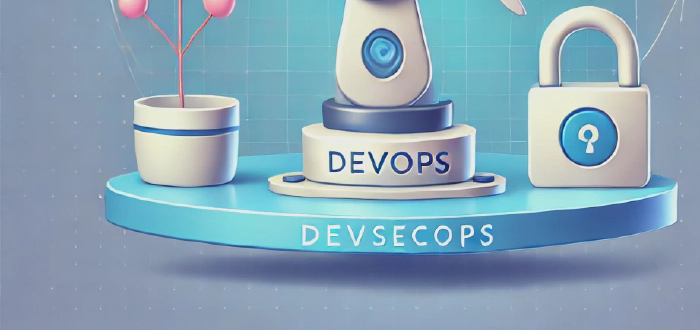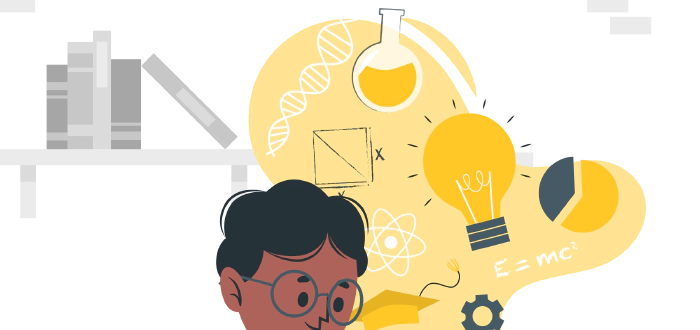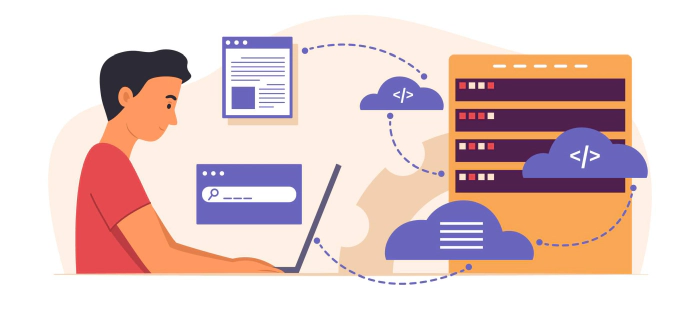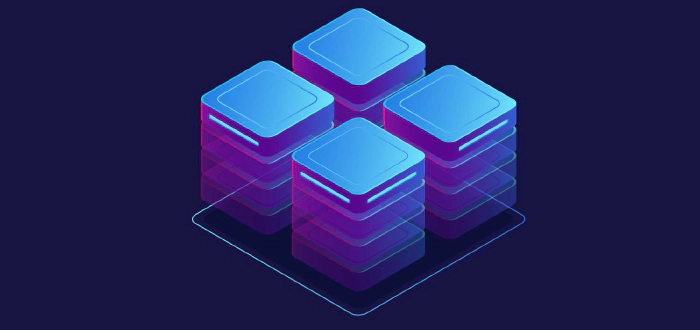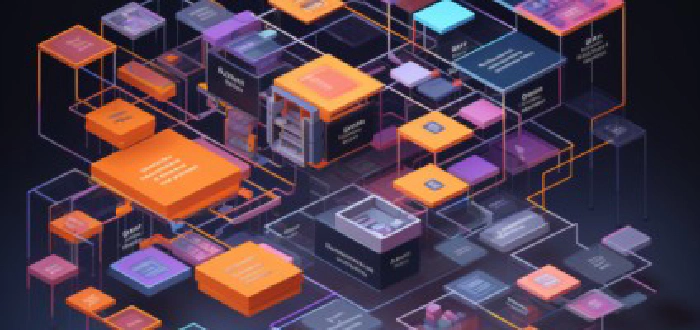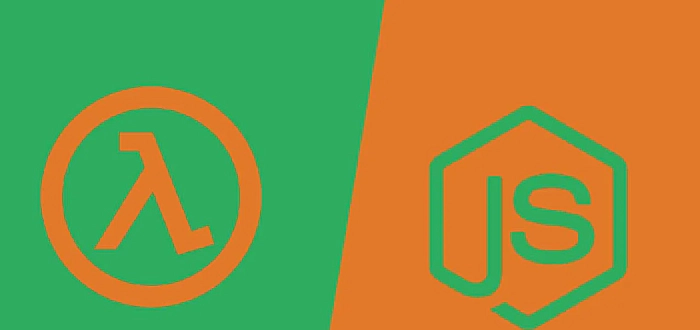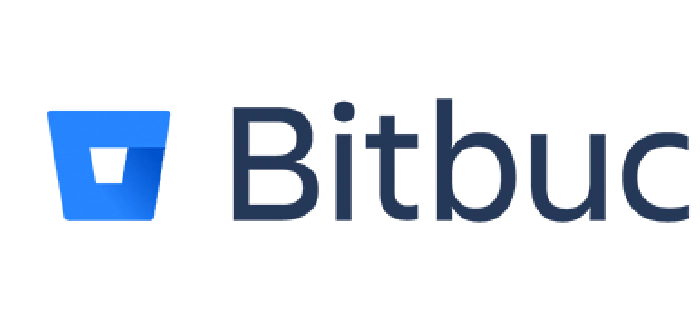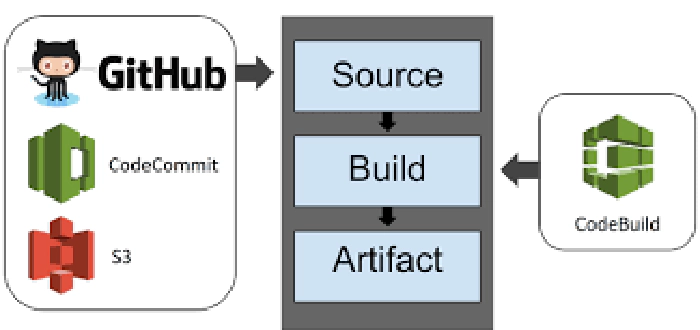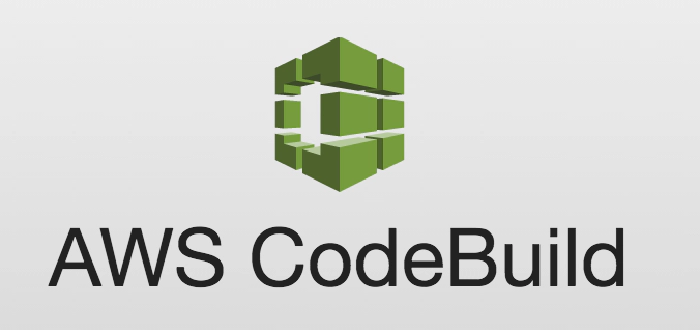Welcome to my page! My name is Karandeep Singh, a dedicated DevOps Developer based in Calgary. My mission is to improve myself, those around me, and the tech community at large. I am always eager to learn, share, and collaborate on projects related to DevOps, AWS, Jenkins, programming, and more.
Introduction
As a technology enthusiast, I am passionate about staying up-to-date with the latest advancements and trends in the industry. My journey in the world of technology began with a fascination for programming languages, frameworks, and tools. Over time, my interest expanded to include various aspects of cloud computing, serverless architecture, pipeline management, infrastructure as code, API design, and NoSQL databases.
My expertise spans a wide range of technologies, including Go language and its frameworks, AWS web services, Google Firebase, Flutter, Terraform, Ansible, and Node.js. I love working with these tools and pushing their boundaries to create innovative solutions for today’s complex problems.
Attention: Constant Growth and Learning
I firmly believe that learning is a lifelong process, and I’m committed to constantly improving my skills and knowledge in my field. By staying curious and keeping an open mind, I continue to explore new ideas, techniques, and technologies that shape the future of DevOps and cloud computing.
Through my articles, I aim to share my learnings and experiences with you, hoping to inspire and help you grow along with me. My writing covers a wide range of topics, from in-depth tutorials and case studies to industry insights and thought-provoking discussions on emerging trends.
Interest: Sharing Knowledge and Collaboration
One of my favorite aspects of being a part of the tech community is the opportunity to share my knowledge and help others. I find immense satisfaction in collaborating with like-minded individuals and contributing to the collective wisdom of the industry.
By sharing my expertise and experiences through articles, presentations, and discussions, I hope to foster a sense of camaraderie and collaboration within the tech community. I believe that by working together and learning from one another, we can achieve greater heights and create a brighter future for the world of technology.
Desire: Making a Difference and Building Connections
My ultimate goal is to make a positive impact on my readers and the tech community as a whole. I strive to create content that is engaging, informative, and enjoyable to read, sparking curiosity and excitement about the world of DevOps, cloud computing, and other technologies.
In addition to expanding my own knowledge and skills, I also seek to connect with people from diverse backgrounds, countries, and cultures. I believe that building meaningful connections and friendships can lead to incredible opportunities for growth, both personally and professionally.
Action: Join Me on My Journey
If you share my passion for DevOps, programming, and cloud computing, I invite you to join me on this exciting journey. Together, we can learn, grow, and create lasting connections that will enrich our lives and the tech community as a whole.
To stay updated on my latest articles and insights, be sure to follow my author page and connect with me on social media. I look forward to sharing my knowledge with you, and I can’t wait to see where our journey takes us. Let’s make a difference together!













